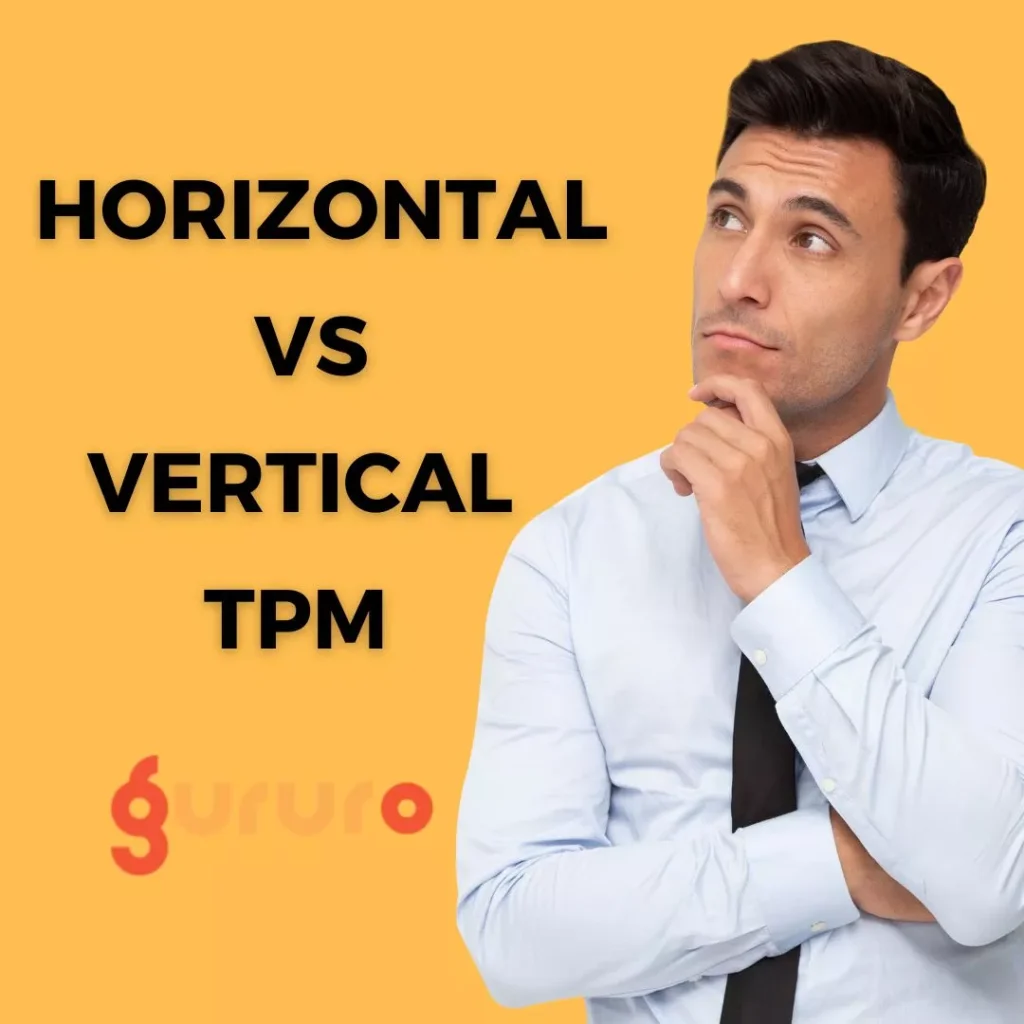TPMs, or Technical Program Managers, play a crucial role in bringing order to the daily chaos across different teams within an organization. By effectively coordinating cross-functional teams, TPMs help to ensure that projects move forward in a productive and organized manner, with everyone working towards the same objectives. As a result, with the help of TPMs, organizations improve their overall efficiency and achieve their goals more effectively.
In this blog, “How Horizontal and Vertical TPM Differ in Product Organizations” we will understand how a TPM functions.
There are primarily two ways any TPM functions :
- Horizontal
- Vertical
Horizontal
TPM is responsible for covering a significant release, an org-wise cross-functional project with numerous teams or entire product lines.

When it is required? :
- A significant initiative is introduced, which requires assessment, planning & execution.
E.g: – Cutting down the cost of Infra used across development, testing & DevOps. A TPM must identify tools, software, servers, and licenses that are not utilized and cut down on the same with open source or reduced numbers. Of course, TPM will require inputs from respective engineering managers.
- When there is a complex program that cuts across the functions and requires multiple stakeholders.
E.g.: – As displayed in the above image, In an eCommerce organization, there are different functionalities(mentioned below) that works in the background to provide a customer all the features –
- Storefront
- Seller Platform
- Supply chain Platform
- Catalogue Engine
- Promotion Engine
- Carts
- When you discover that your engineering or product leaders are spending more time handling transactional project work.
Vertical
TPM is responsible for supporting a specific team, a product component, or some aspect of any given project.

When it is required? :
- When the organization believes one of the components or functions is essential, a TPM is required to completely focus on it and go in-depth to oversee all the aspects. Like – as planning, organizing, sprints, releases, features e.t.c.
E.g.: – Payment Gateway – There are so many features and by-products within itself that it requires a dedicated person to manage it.








